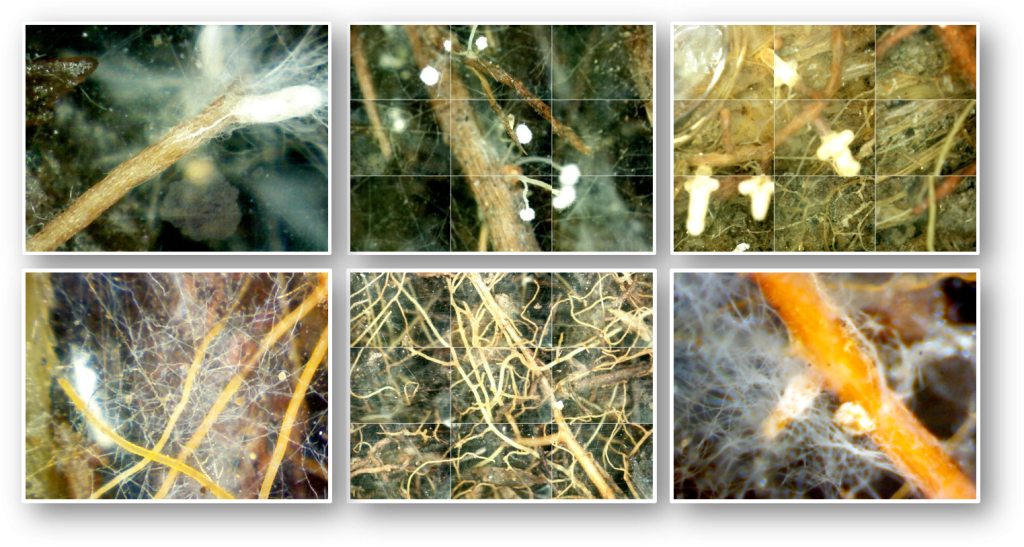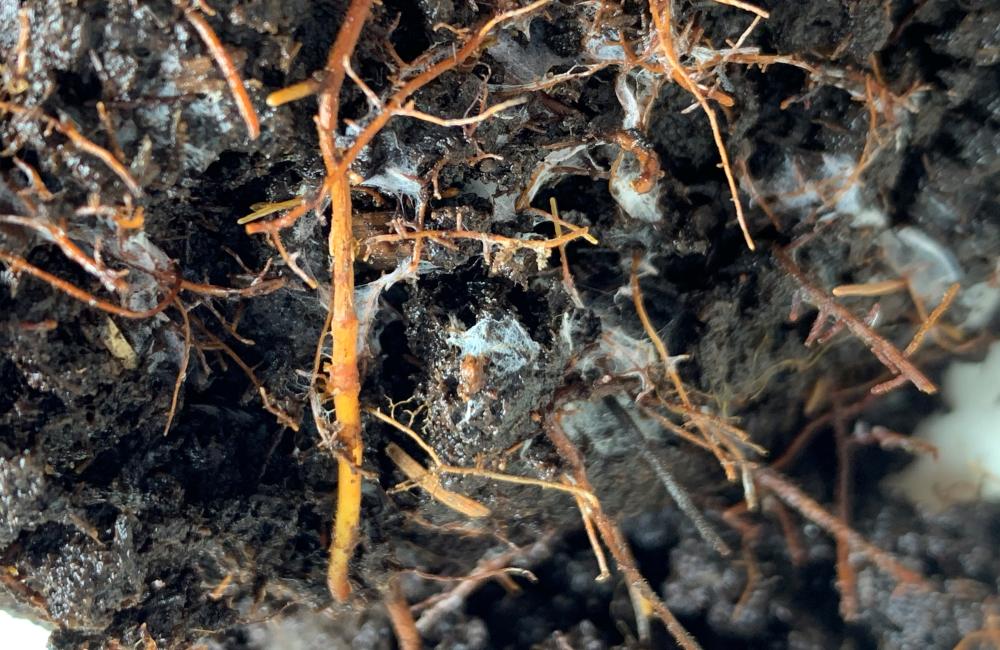Fine roots from a larch tree peek out from a pile of peat excavated from an experimental warming plot in the SPRUCE experiment in Northern Minnesota. Credit: Colleen Iversen/ORNL, U.S. Dept. of Energy
New data hosted by Oak Ridge National Laboratory is helping scientists around the world understand the secret lives of plant roots as well as their impact on the global carbon cycle and climate change.
The Fine Root Ecology Database, or FRED 3.0, brings together 150,000 observations of root anatomy and function from a variety of ecosystems. These root traits are informing Earth system models that predict the future of the planet.
“These fine roots are narrower than the cord that connects your ear buds to your computer,” ORNL’s Colleen Iversen said. “They’re tiny but mighty. They are important for plant water and nutrient uptake and contribute disproportionately to the accumulation of carbon in the soil, which stores twice as much carbon as the atmosphere.”
FRED 3.0 offers curated, searchable data, providing a picture of root trait variation across biomes and identifying the gaps where more data are needed.
Listen to ORNL’s podcast “The Sound of Science” to learn more about FRED.





